еЬЯжЫЬжЧ•, 2жЬИ 19th, 2011...4:00 PM
Yushima, Hongo Walking Guide
Reading time: About 3 minutes
Yushima, Hongo Walking GuideYushima and Hongo is a town for students and great writers. The old nostalgic atmosphere spread before you once you step in a back alley. Today, I will introduce a walking route of a place where Higuchi Ichiyo and Masaoka Shiki has lived.
We will start from Yushima Station. The first destination is Kyu-Iwasakki-tei, an old resident of Iwasaki family, which represents the Western style house built of wood. There is a huge garden and gorgeous decorations are done everywhere. Since no photos are allowed inside, here is a picture only from the outside.
Leaving Kyu-Iwasaki-tei, there is Muenzaka walking counter clockwise. It is a slope that has become famous by Mori OgaiвАЩs work вАЬGanвАЭ for the main character takes a walk along this path.
Going up Muenzaka and going through a park, there is Yushima Tenman-gu, a shrine famous for worshipping god of learning. Since it was the entrance exam season when I visited, there were many people wishing for success in exams.
There were many ema (small wooden plaque) that has everyoneвАЩs wish written on.
I wonder what their wishes are.
Since the shrine worship Sugawara no Michizane, it is known as the god of learning.
The precinct of the shrine is known for its beautiful ume, and some trees had their flower blooming.
The entrance of Yushima Tenjin.
Next is Japan Soccer Museum. The street in front of the museum is named Soccer-dori (Street).
It opened in December 2003, commemorating the FIFA World Cup 2002 that was held together with Korea.
There are pictures and movies related to the history of Japanese soccer and World Cup 2002. Trophies and uniforms are being displayed.
We will go back to Hongo-dori and go further the Kikuzaka. We will reach an alley that traditional houses cluster together. There is a unique place in Kikuzaka. It is called Kingyozaka where they sell goldfish and have a fishing pond. A café is also included.
The red gold fish is the sign.
You can fish big goldfish, rainbow trout, and crucian carp at the fishing pond.
As you go through another alley, there is Ichiyo Resident.
It is a very narrow alley.
A well that was written about in IchiyouвАЩs diary is still left in front of the resident.
Next is Homeikan, a Japanese style hotel that uses the lodgings built Meiji period. Honkan and Bekkan are located next to each other and the Honkan is designated as Listed Tangible Cultural Properties. The Daimachi Bekkan is a genuine Japanese hotel with garden. It will light up during the night.
There is an old building walking through the back alley.
Nest is Tokyo University that represents Japan.
We will pass through the symbol of Tokyo University, the Aka-mon.
The campus can be walked around. The buildings let you feel the history and tradition.
Yasuda Ko-do is a symbol of Tokyo University along with Aka-mon.
We will head west leaving from Sei-mon.
This is one of the three Homeikan inns, Morikawa bekkan.
The last destination for today is Hongo-kan. It is an apartment built in 1905 and is the only wooden three stories apartment in Hongo.
The house built by wood that has withstand the Great Kanto earthquake and survived through Bombing Tokyo during WWII has an old feeling. There is a rumor that the Hongo-kan that leaves a trace of Meiji era might be torn down for getting too old. Buildings, town, and people changes as the time passes by. That is TokyoвАЩs another face.










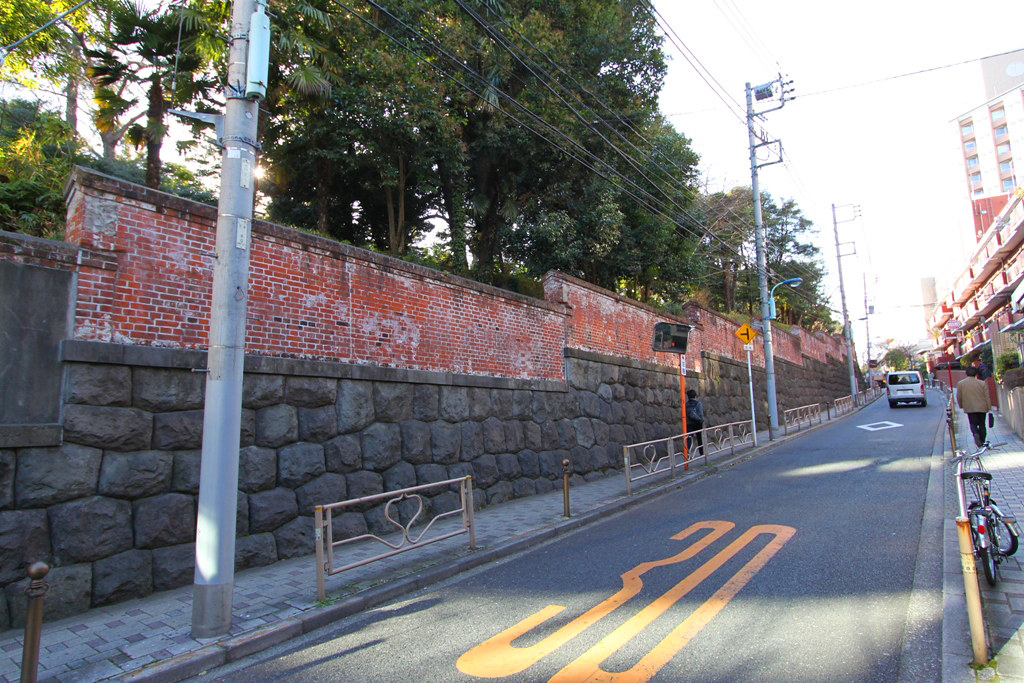
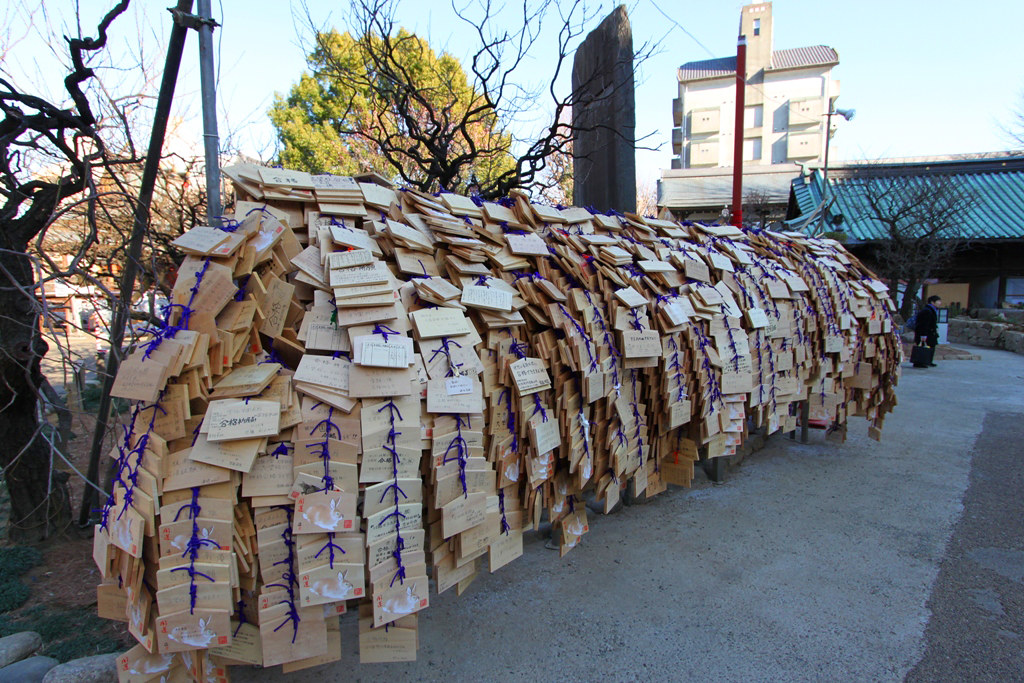
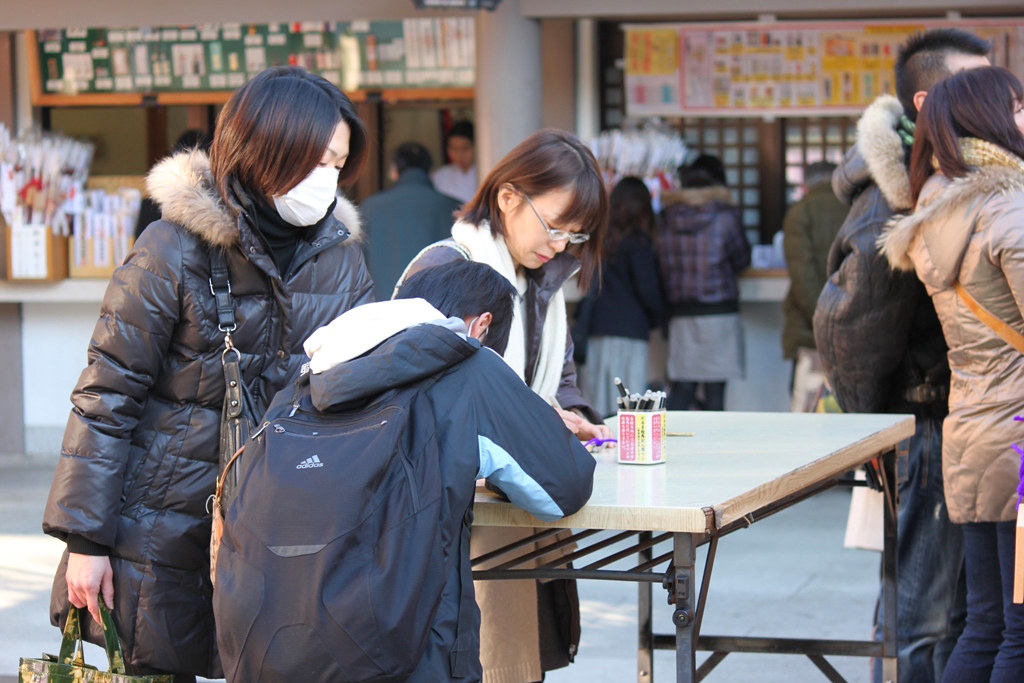
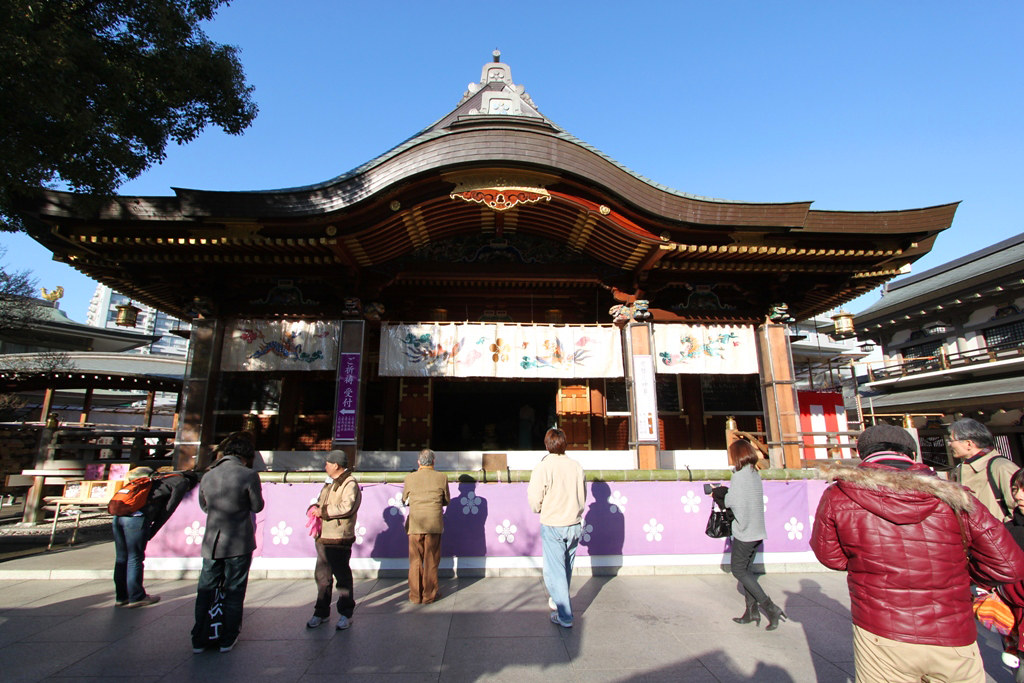

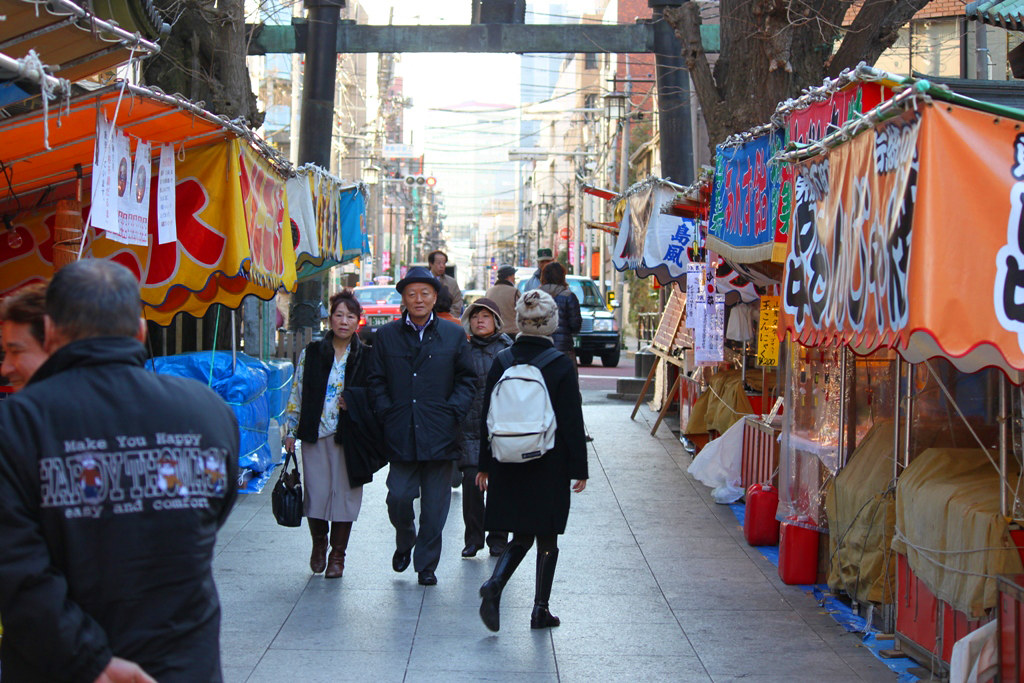
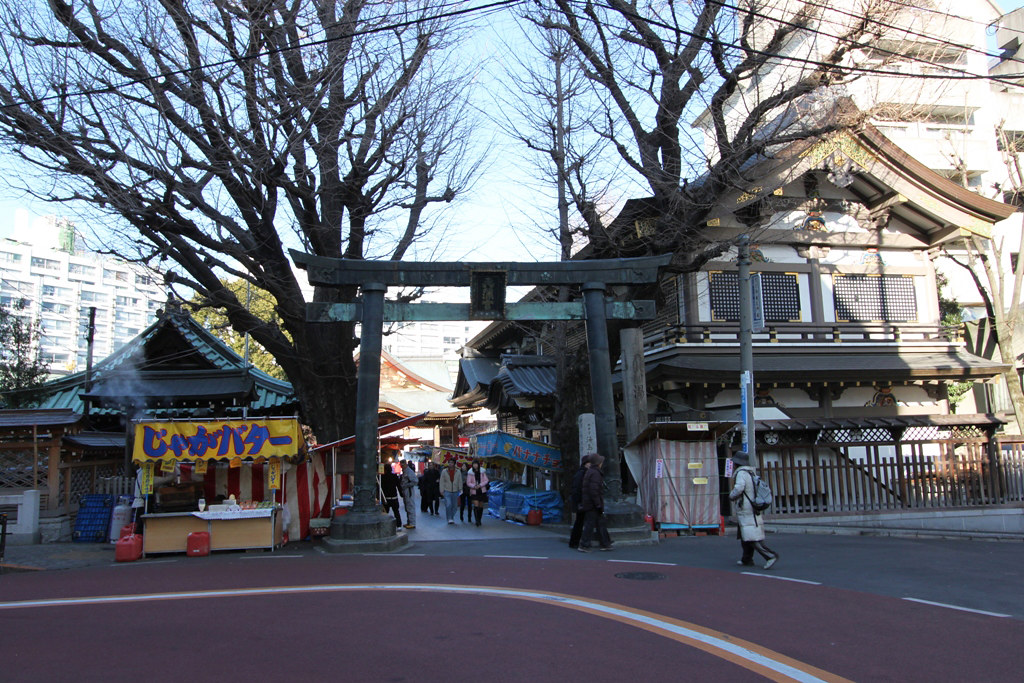
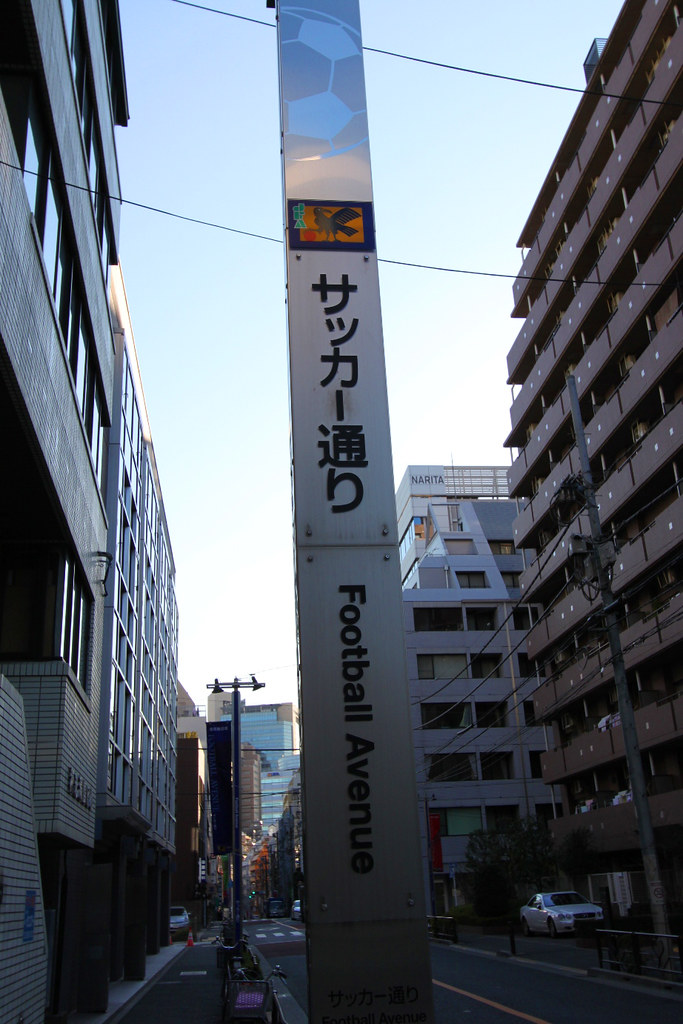
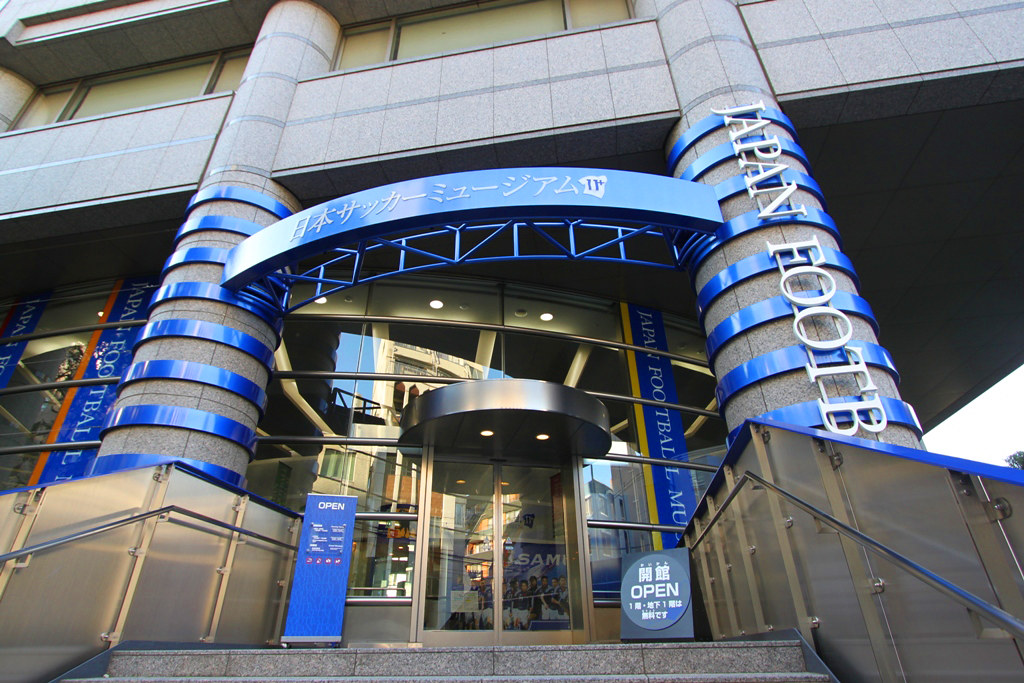
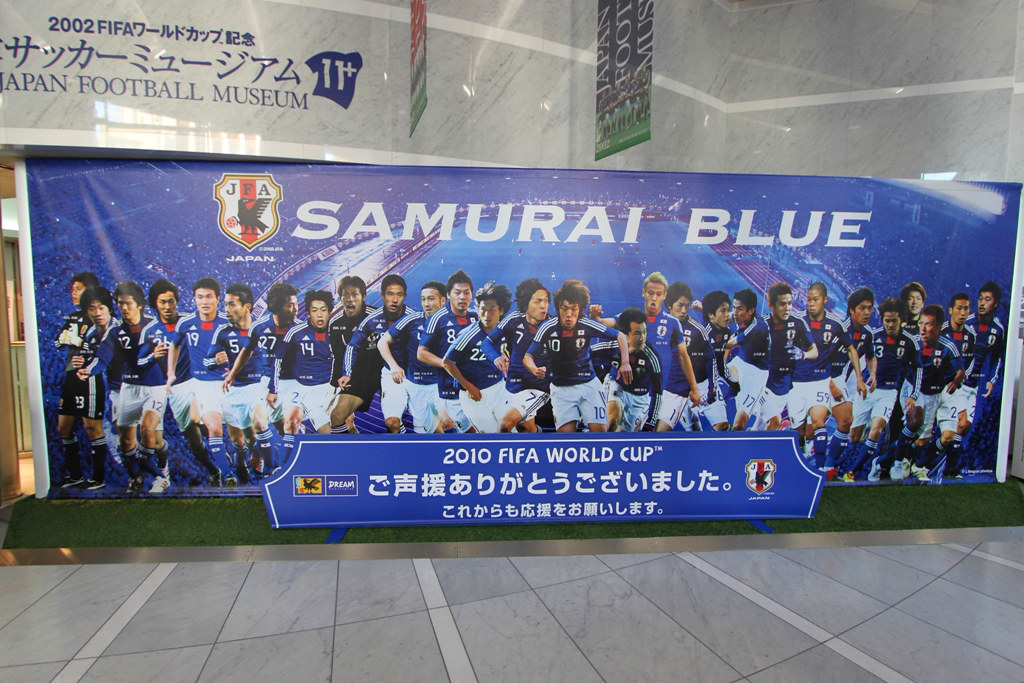
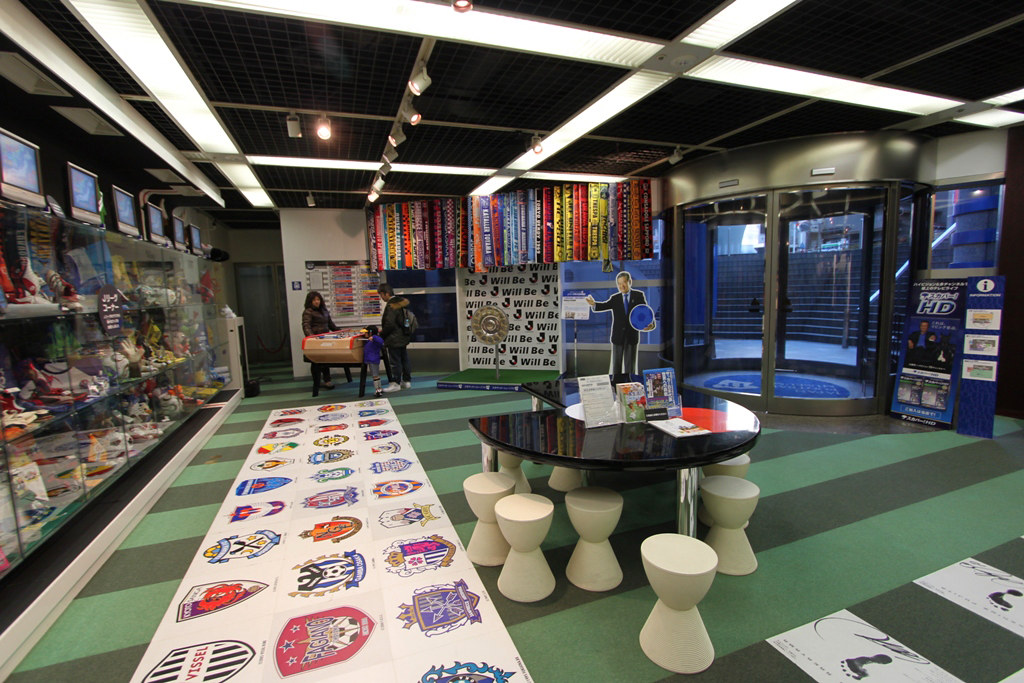

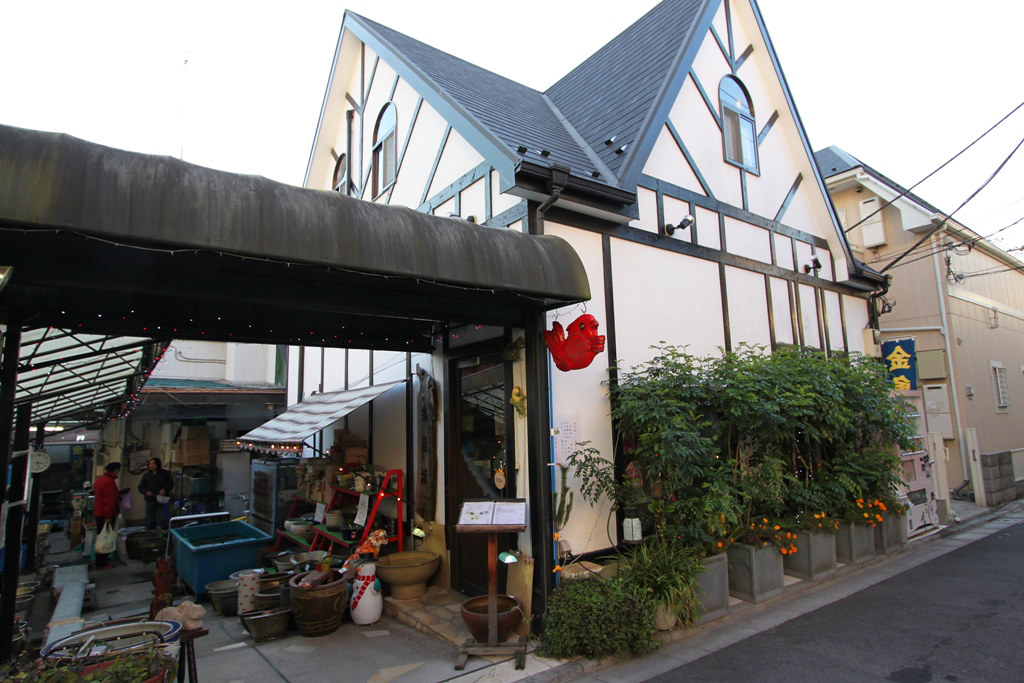





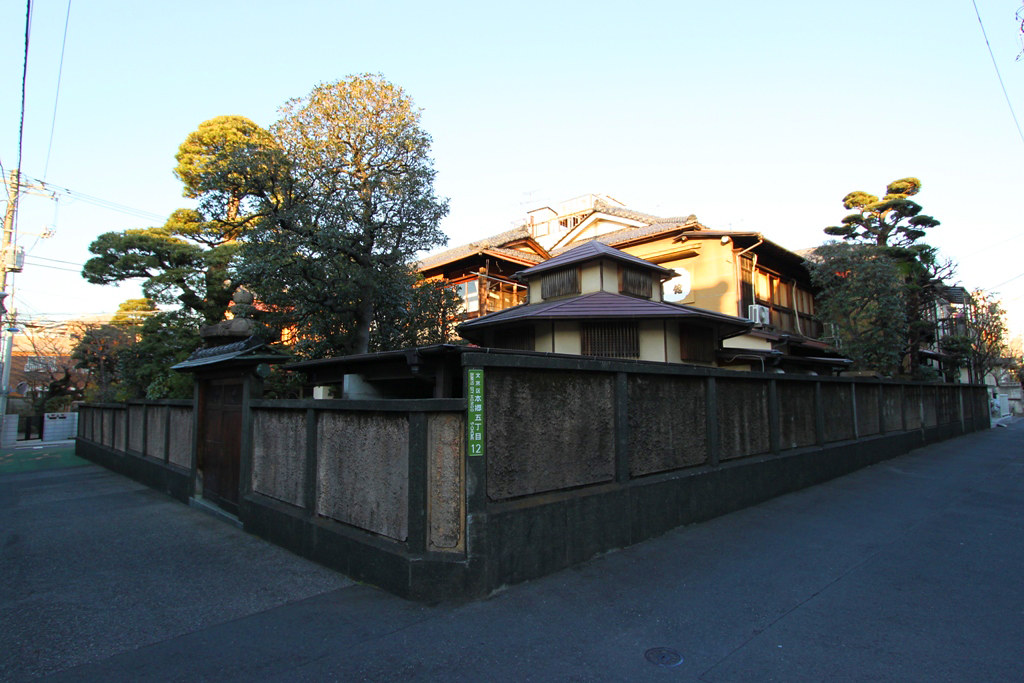

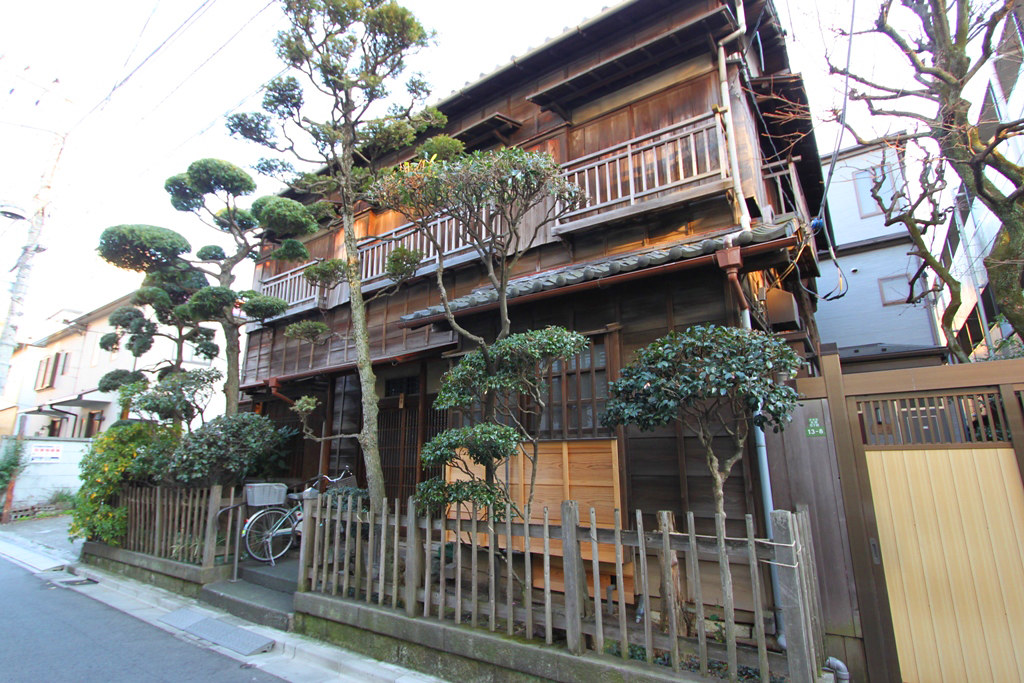
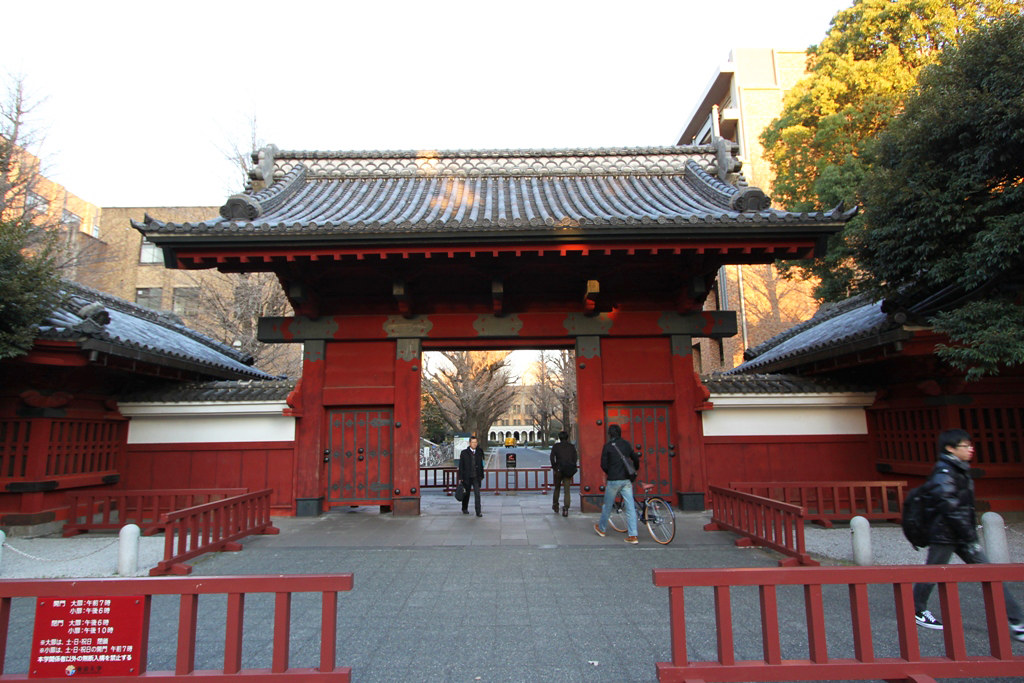
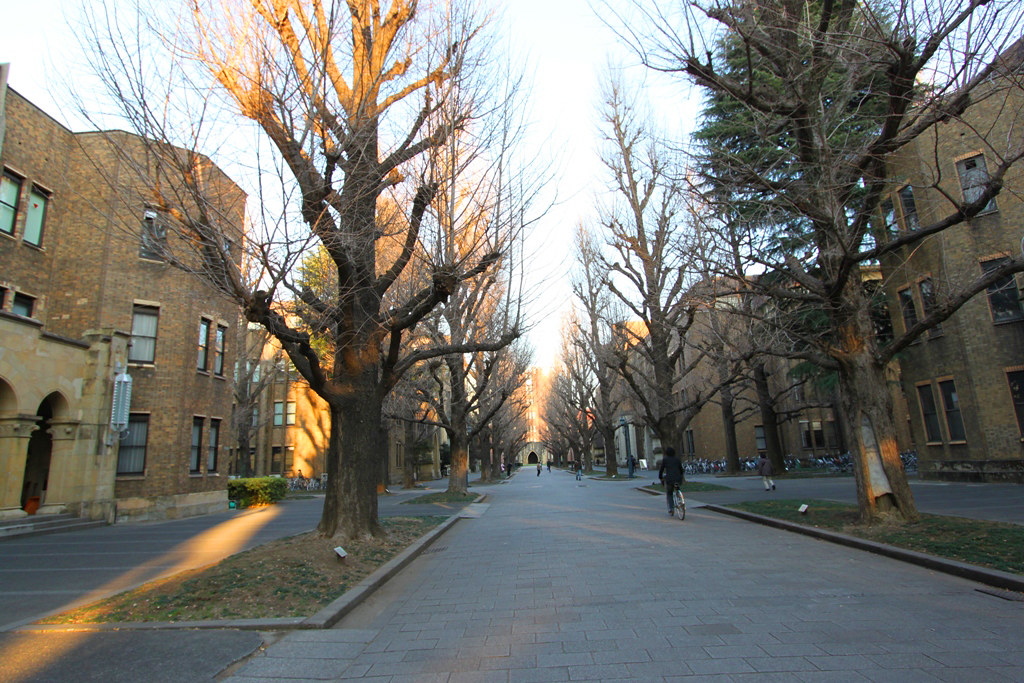
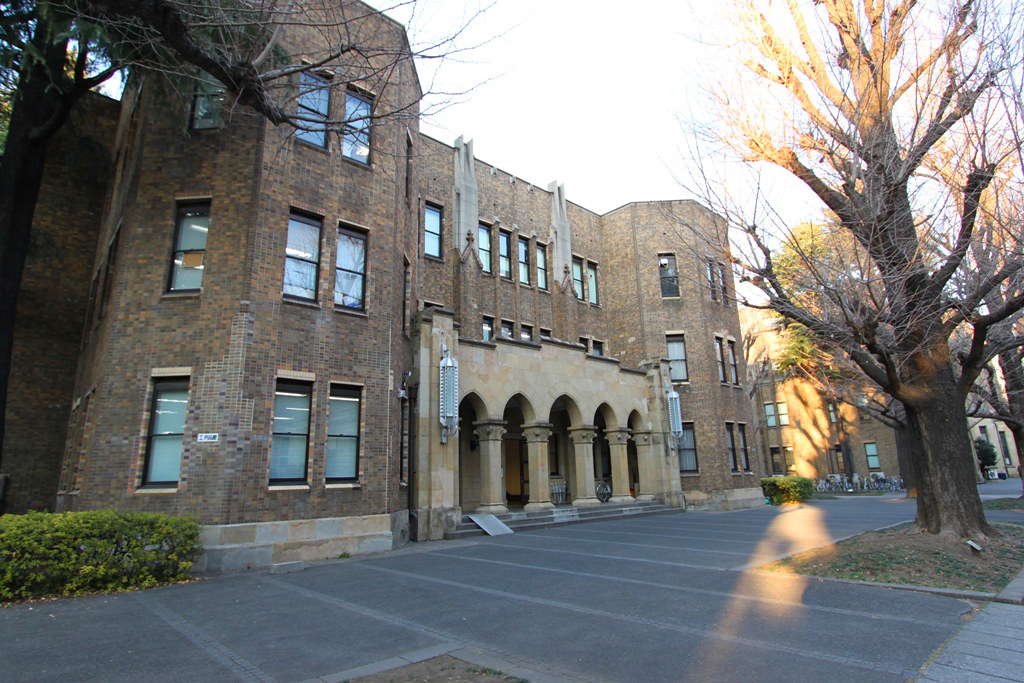
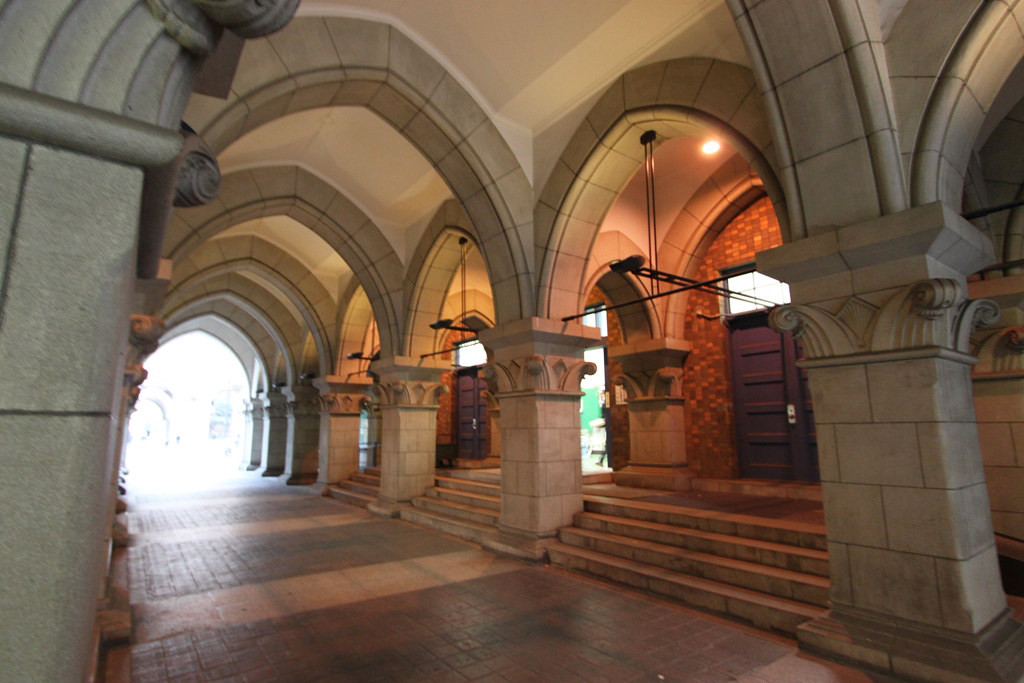

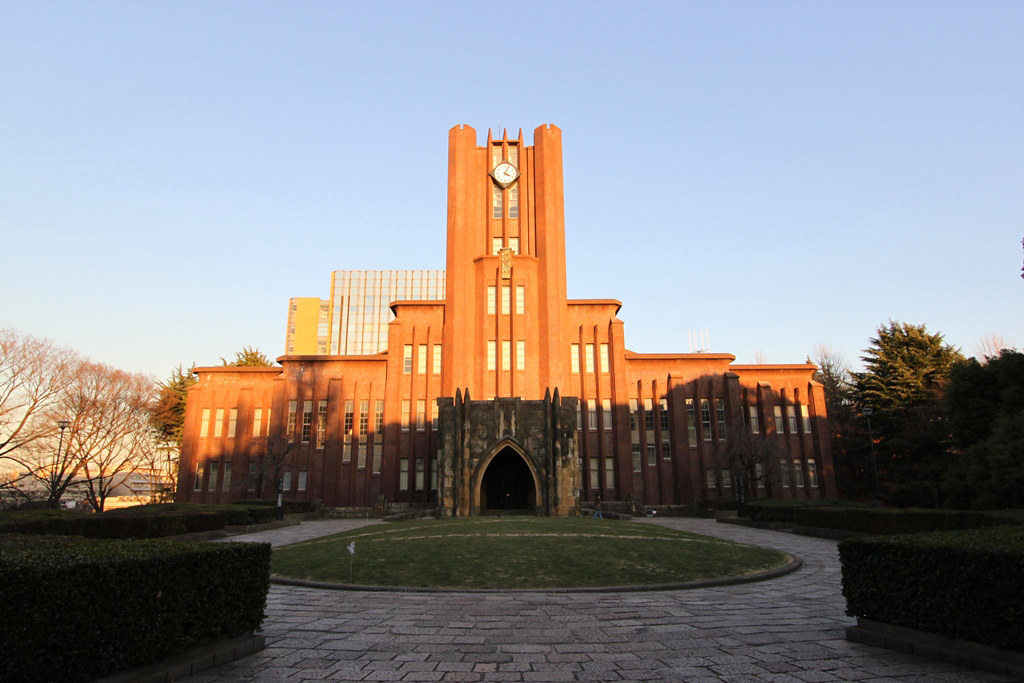
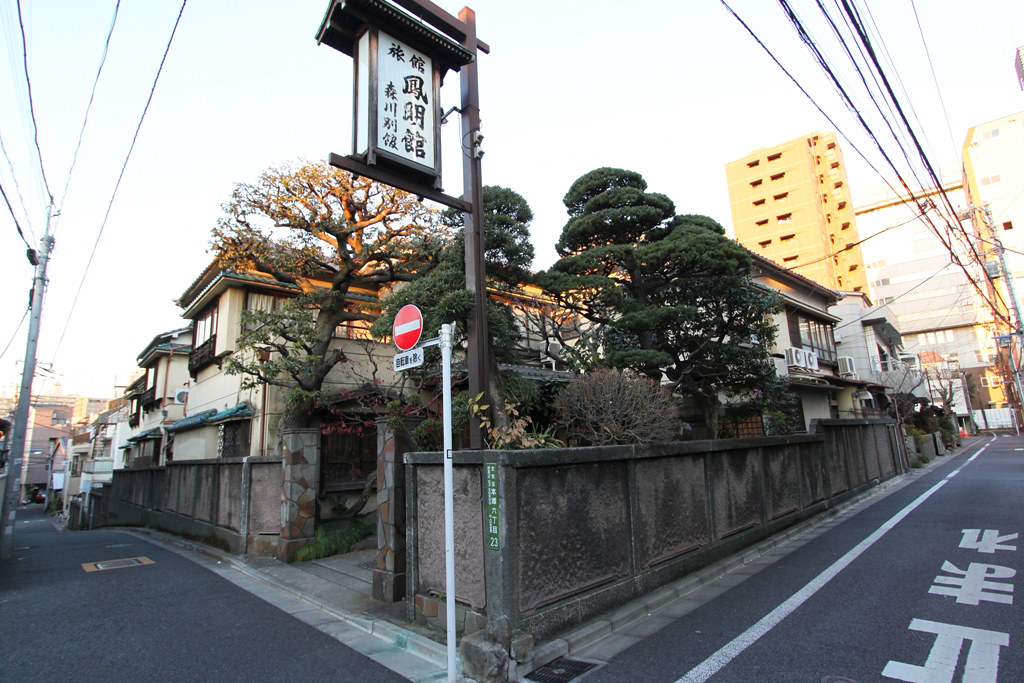
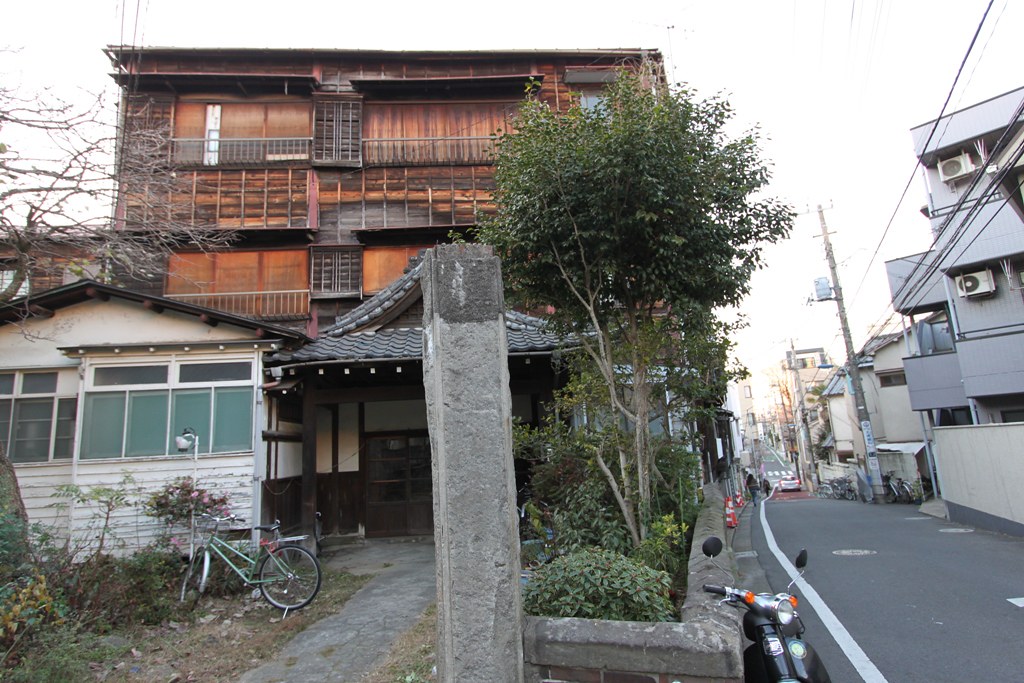












Leave a Reply